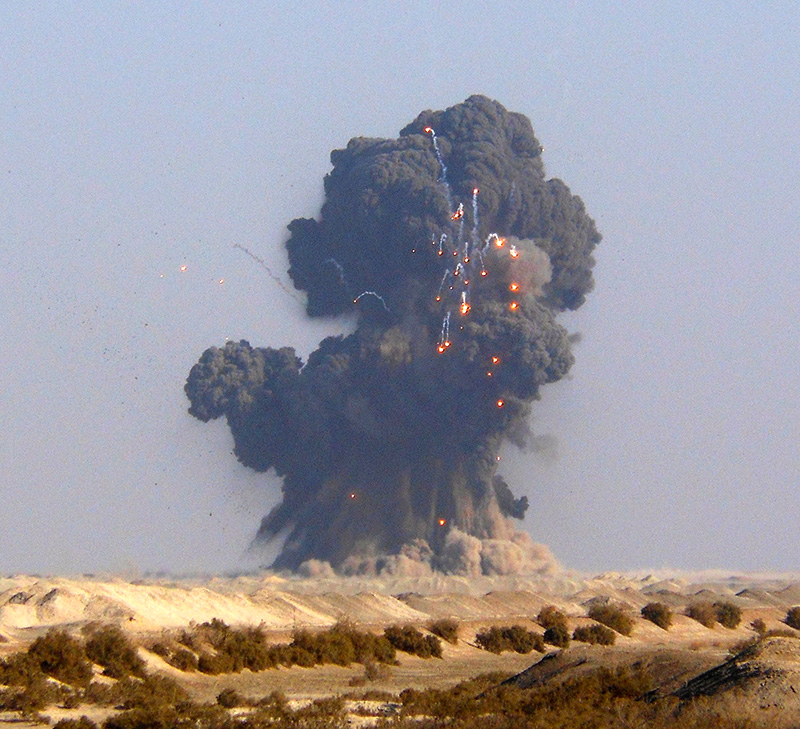SafeLane Global provides the full range of mine action services to release cleared land back to local communities.
Non-technical Survey (NTS)
In a humanitarian demining context, a non-technical survey is the first and perhaps most complex and difficult step in the land release process. It is aimed at identifying, defining, and removing the presence and suspicion of explosive ordnance (EO) from an area.
The survey aims to identify where explosive ordnance is likely to be found, where is certainly is not, and what actions are required to mitigate the risk of ordnance.
The non-technical survey methodology utilises desk assessments, analysis of historical records, interviews with various informants, and physical visits to field locations. NTS teams typically do not enter into hazardous areas.
SafeLane delivers custom made NTS training and implementation of non-technical survey projects globally.
Technical Survey (TS)
Once an area has been identified as hazardous, a technical survey will be carried out to identify the exact location of the explosive contamination as well as areas where, without evidence, no clearance is required.
The purpose of the survey is to provide evidence for analysis to support the land release decision-making process. Technical surveys involve the physical investigation of the suspected area (SHA) by using standard clearance techniques. It is an intrusive process, using survey and clearance assets, typically into a suspected or confirmed hazardous area, although it may also be used as a method for the initial investigation of areas under some circumstances.
Although a technical survey may be a separate activity, it is often integrated with clearance and can be undertaken before, during and after clearance, depending upon the local circumstances and information needs of decision-makers.


